SOTKA Wetlands
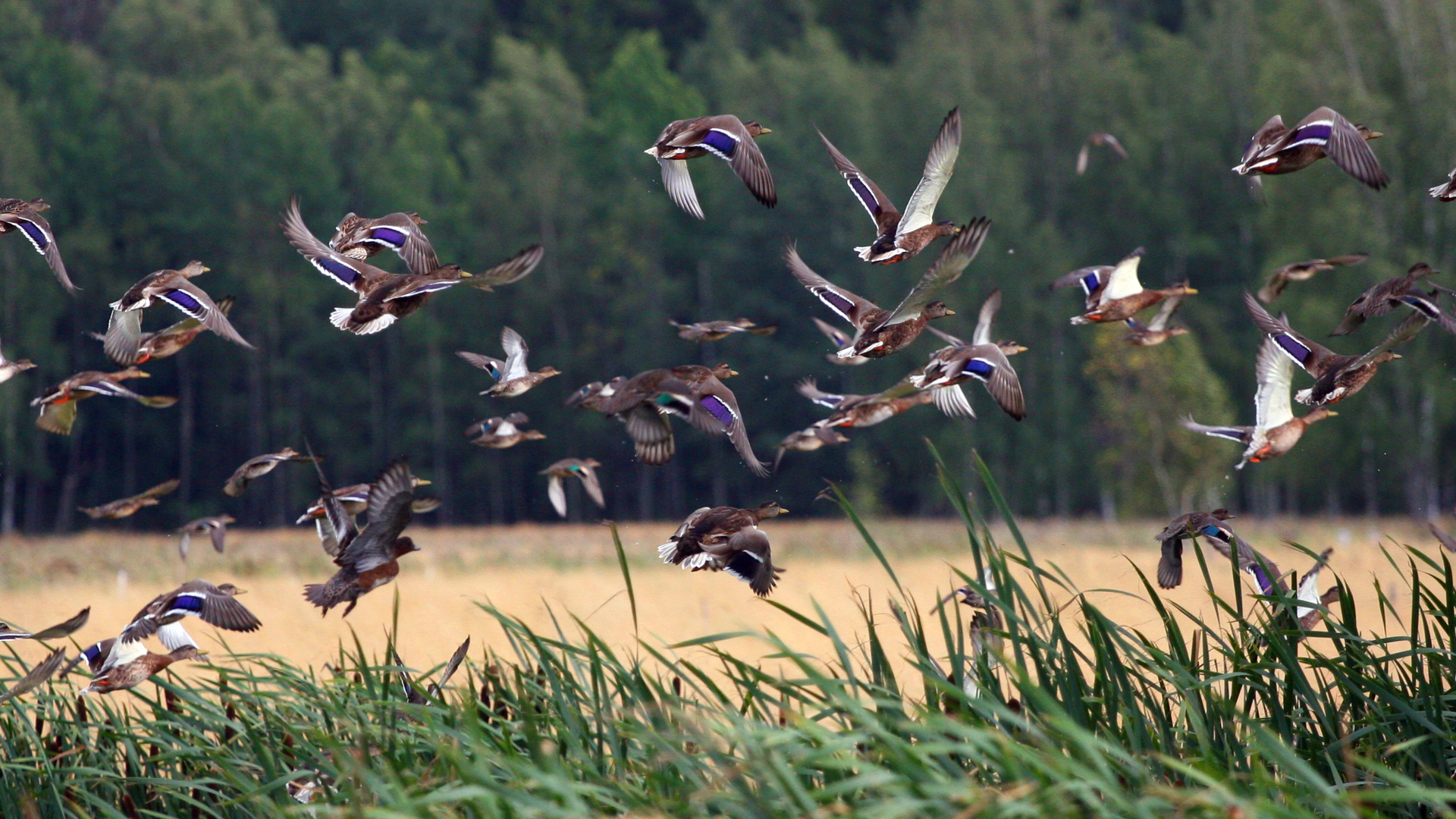
SOTKA Wetlands
SOTKA Wetlands – implementing the national Helmi programme to strengthen biodiversity
Halting the loss of biodiversity and restoring waterbird populations
Many ducks of Western Europe hatch in the boreal wetlands of Finland, where several waterbird populations are currently declining due to degradation of habitats and invasion of non-native species such as Raccoon Dog and American Mink.
Up to 80-90% of Finnish breeding ducks, such as Wigeon, Pintail and Teal, raise their broods outside of the protected areas and SPA network, in the wetlands of agricultural and forestry areas. Managing and restoring wetland habitats in cooperation with local landowners and stakeholders is an important step on the journey to halt the loss of biodiversity. SOTKA Wetlands project is a step towards the recovery of the waterbird populations.
The brood habitat restoration through the SOTKA Wetlands project is implemented by the Finnish Wildlife Agency, continuing the work of the Return of Rural Wetlands LIFE project. The project is carried out and funded in co-operation with landowners and local associations for the benefit of declining duck species. The restoration and construction of wetland contributes to surface water protection, flood retention and biodiversity of the rural landscapes. Wetlands is part of SOTKA project.
The development of landscape-level working models to manage high-density Raccoon Dog and Mink populations in inland areas and archipelagos was developed by the Finnish Wildlife Agency. The Helmi-program invests in the management of invasive predators in the Natura 2000 SPAs using hunting as a conservation tool. The Helmi predator management is a shared project of the Finnish Wildlife Agency and Metsähallitus.
SOTKA Wetlands
The main restoration methods are damming and increasing the level of water, mowing, clearing, grazing, and managing the level of water. Sustainable waterbird hunting, small predator management and other management activities are carried out with local commitment at the wetlands. The active management helps to maintain the achieved positive impacts on nature.
The wetlands are mainly restored through building dams. In these wetlands under water vegetation provides nutrition for aquatic invertebrates which creates ideal feeding habitats especially for waterbird broods. Restoration of shore meadows by removing reeds and thickets also create excellent brood habitats for waterfowls. The work mitigates the impact of beaver ponds, flood meadows and dynamics of seasonal and temporary wetlands, which are biodiversity hotspots
Overall objective is to help landowners, hunters and other interested parties to restore wetlands as brood habitats for waterbirds. These actions in part can secure the duck populations and stop the loss of biodiversity.
Practical objectives for 2020-2022 was to restore at least 40 wetland sites covering over 400 hectares with the local stakeholders. The SOTKA Wetlands project has new funding until end of 2024 with the aim of planning at least 40 new sites to be funded by other government funding instruments or sponsor funding at national and international level.
SOTKA Wetlands project has ‘wetland rules’ to ensure that sites are net positive for waterbirds populations and to find the sites with long-term local commitment.
Revived wetlands – full of life
During the first 3 years of the SOTKA wetlands the project team received 201 site proposals from local level, covering approximately 2550 hectares of wetland opportunities. We selected 101 sites for field visits to evaluate the potential for project activities. Altogether 68 sites were qualified into detailed planning phase in respect to project resources, local involvement and site characteristics. 43 wetland sites had concrete conservation activities covering approximately 635 hectares.
The overall costs of the activities including machinery work and materials, staff time, local contributions and sponsoring, project management and media work was just over 2 million euro, averaging around 3 200 € per hectare.
Korpinurmi Bird Wetland as an example of Flyway sponsored habitat restoration
A former peat mine turned to agricultural land, but on average too wet and soggy for profitable farming. Regularly flooding low-laying end was favoured by many wetland birds. Landowners started to think whether the field would have more overall value as a wetland.
The SOTKA Wetlands project received a site proposal of a 14 hectare potential wetland restoration site and restoration activities were supported by the Finnish Game Foundation and Italian hunting federation in cooperation with the Waterfowlers Network. Read more about Korpinurmi Bird Wetland. You can find more about our wetlands at model wetland page.
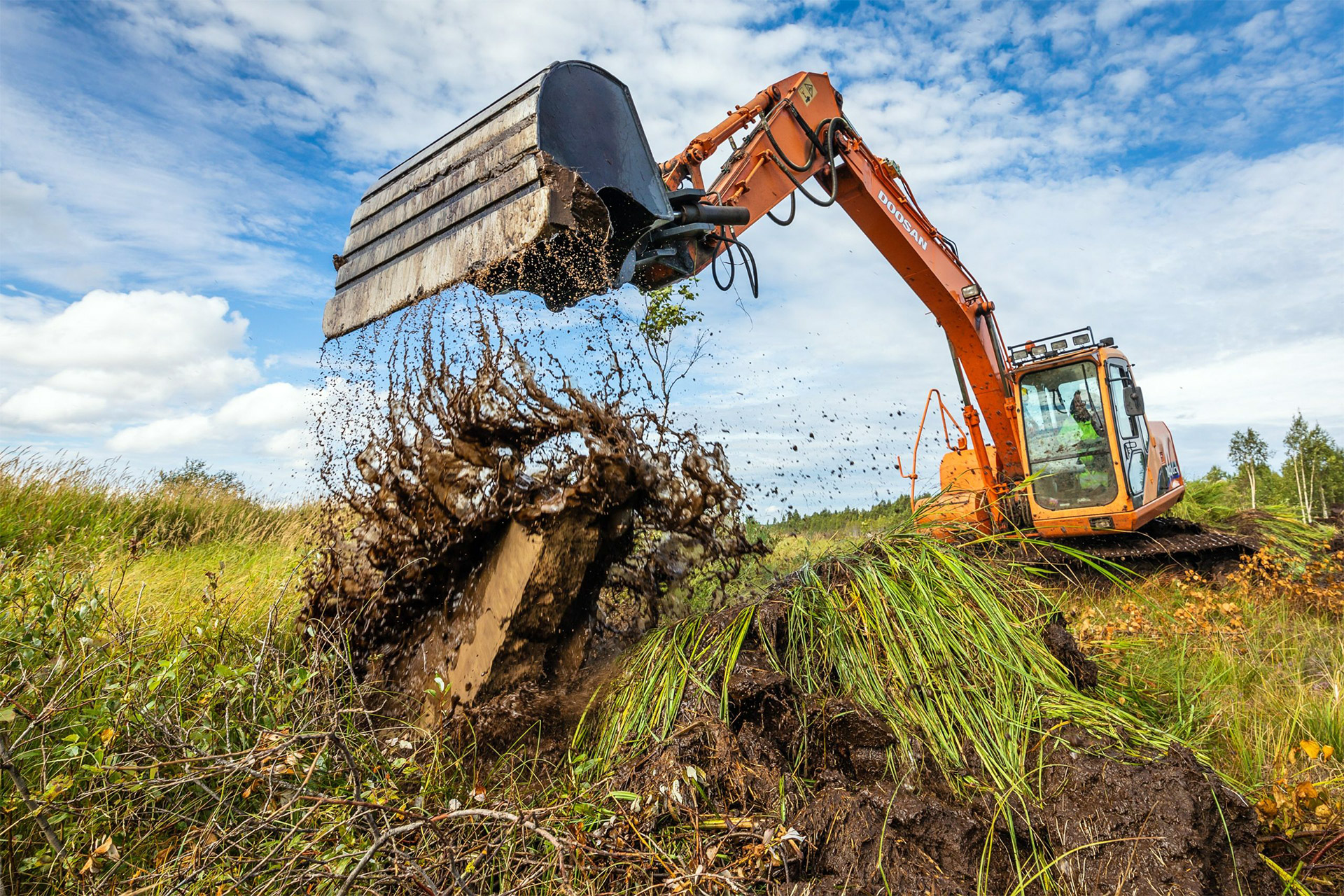
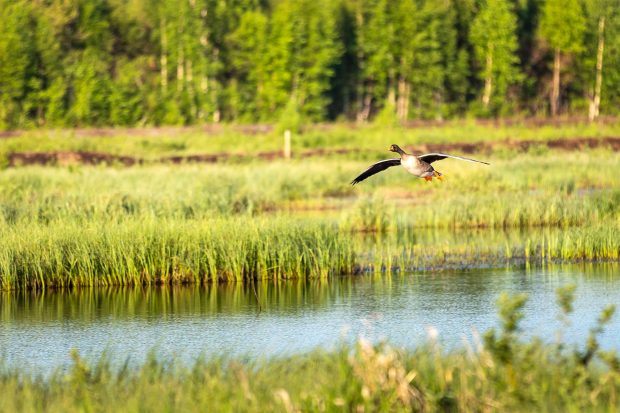
Project Backround
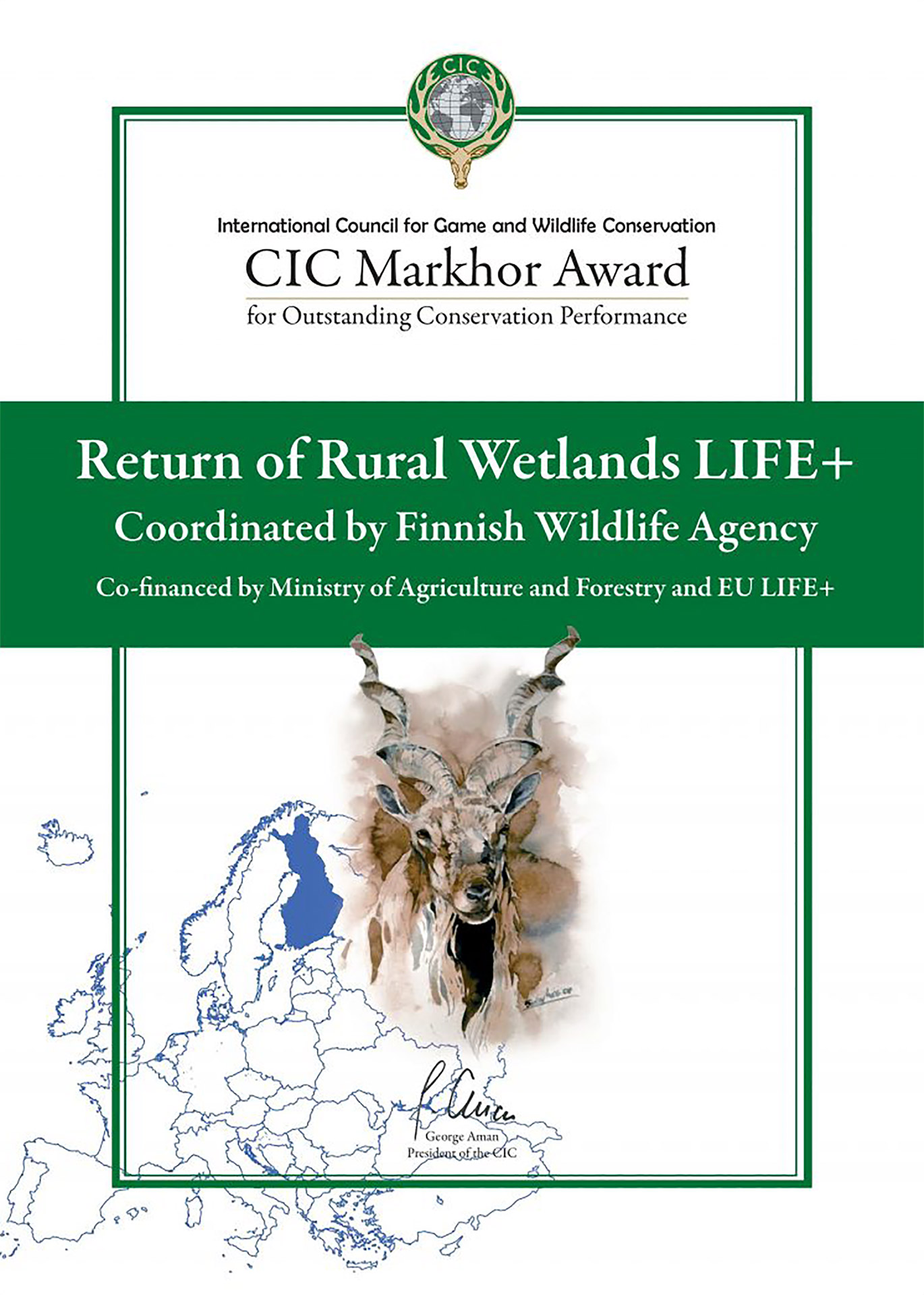
The Finnish Ministry of Agriculture and Forestry, SOTKA-project (mmm.fi) (in Finnish)
The Finnish Wildlife Agency’s Nature Management and Conservation Strategy (pdf, in Finnish)
Responsible Duck Hunting (riistainfo.fi) – education site (in Finnish)
The SOTKA-wetlands project is implemented by the Finnish Wildlife Agency, continuing the work of the MARKHOR Award-winning Return of Rural Wetlands LIFE+ project.
